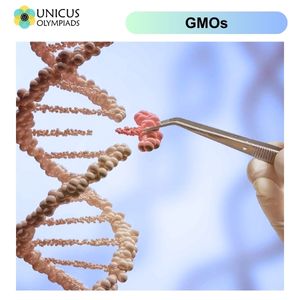

Genetically Modified Organisms (GMOs) are organisms whose genetic material has been altered using biotechnology to produce specific desired traits. In the context of agriculture, GMOs refer to crops or livestock whose DNA has been modified to achieve certain characteristics, such as resistance to pests, tolerance to herbicides, or enhanced nutritional content. While GMOs have been touted as a solution to global food security issues and environmental challenges, their use has sparked controversy, with debates surrounding their safety, environmental impact, and ethical considerations. This article explores what GMOs are, how they are created, the benefits they offer, and the concerns that make them a subject of ongoing debate.

Genetically Modified Organisms (GMOs) are living organisms, including plants, animals, and microorganisms, that have been altered through genetic engineering. Genetic engineering involves manipulating an organism's DNA to introduce new traits or enhance existing ones. This process is different from traditional breeding methods, which rely on crossbreeding to combine traits from two organisms. Instead, genetic engineering allows scientists to directly modify an organism’s genome by inserting, deleting, or altering specific genes.
GMOs are most commonly used in agriculture, particularly in the production of crops. However, GMOs can also be found in livestock and microorganisms. Below are some common types of GMOs:
Proponents of GMOs argue that these organisms offer several benefits, particularly in addressing global challenges like food security, environmental sustainability, and health. Below are some of the key benefits of GMOs:
Despite the potential benefits, GMOs have sparked significant controversy. The concerns surrounding GMOs involve their safety, environmental impact, ethical considerations, and long-term consequences. Below are the main areas of concern:
Regulatory bodies around the world oversee the safety and use of GMOs in food production. These agencies assess the environmental and health risks associated with GMOs and establish guidelines for their safe use.